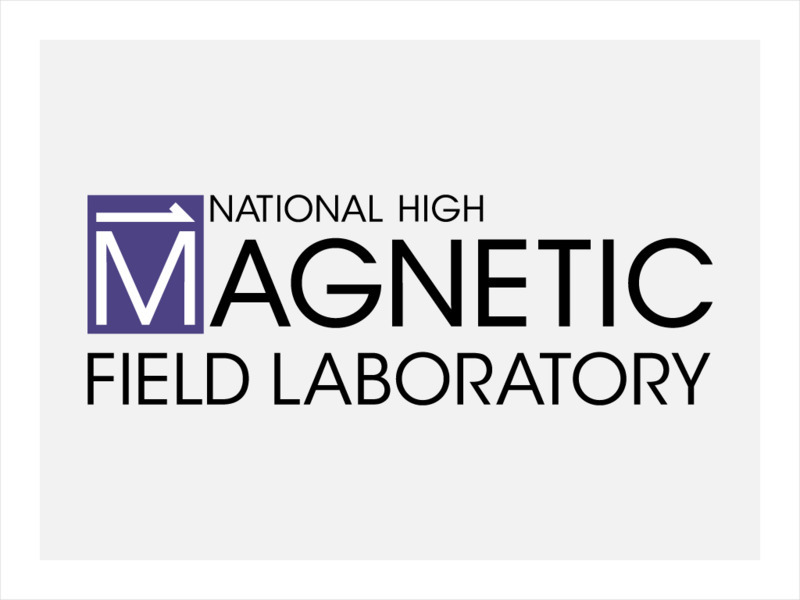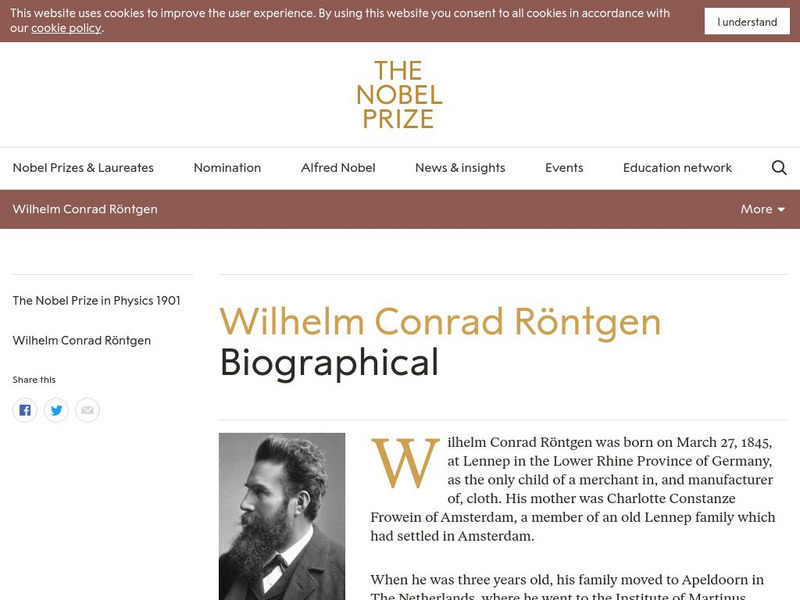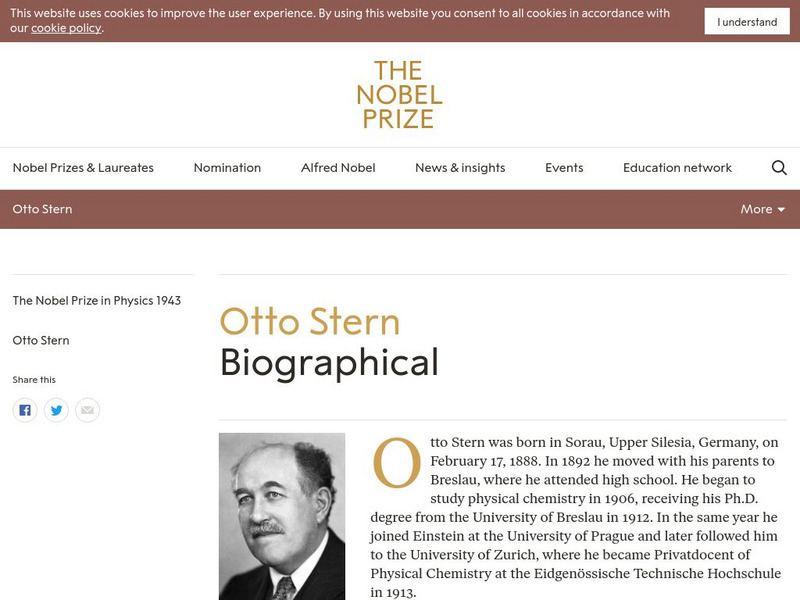Hi, what do you want to do?
PBS
Pbs Teachers: Neanderthals on Trial
Learn about Neanderthals, understand the scientific methods used to create theories from fragmentary evidence and interpret a Neanderthal artifact found at a cave site in Slovenia.
Other
Csicop: Field Guide to Critical Thinking
This article, originally published in Skeptical Inquirer, outlines some of the key components of the scientific problem-solving process while addressing the many reasons for the popularity of paranormal beliefs in the U.S. (Published in...
Other
Isaac Newton
A page at the Isaac Newton (1642-1727 CE) Institute for the Mathematical Sciences website. This page, the contents of which come from the Microsoft Encarta encyclopedia, describes the upbringing, the education, the scientific and...
University of Maryland
Optics Highlights: Optics, Electromagnetic Waves, Quanta
Part of an anecdotal history on optics and the study of light. Extremely thorough treatment of the scientific evidence which led scientists to believe in the particle nature of light. Includes a short biographical sketch and discusses...
Lumen Learning
Lumen: Boundless Biology: The Science of Biology
Explore the concept of scientific reasoning, and compare and contrast hypothesis and theories while understanding the difference between deductive and inductive thinking.
National High Magnetic Field Laboratory
Magnet Academy: Julian Schwinger
Theoretical physicist Julian Schwinger used the mathematical process of renormalization to rid the quantum field theory developed by Paul Dirac of serious incongruities with experimental observations that had nearly prompted the...
TED Talks
Ted: Ted Ed: Can You Solve This?
In this video, Veritasium asks people to try and figure out the rules of a pattern presented. This video teaches us about the scientific method and how our preconceived notions can affect how we discover new information. [4:43]
National Health Museum
Access Excellence: Louis Pasteur (1822 1895)
This Access Excellence site provides information on the scientific achievements of Louis Pasteur, one of "the greatest benefactors of humanity."
CPALMS
Florida State University Cpalms: Florida Students: Evolution: Examining the Evidence
Strengthen understanding of how different types of scientific evidence support the theory of evolution, including direct observation, fossils, DNA, biogeography, and comparative anatomy and embryology.
Nobel Media AB
The Nobel Prize: Chen Ning Yang Biographical
Official Nobel biography of Chen Ning Yang. Emphases on where and when, and on his scientific publications. Little description of his actual scientific work here.
George Washington University
George Washington University: Basics of Cladistic Analysis [Pdf]
This is an advanced level review of cladistic theory and methodology. Some sections are very dense but there are useful sections for teachers and students seeking a better understanding of the topic.
Science Education Resource Center at Carleton College
Serc: Molecules, Molecules, Molecules!
For this activity, students will prove the theory that matter is made up of tiny particles called molecules. This experiment will show that these "invisible" molecules are always moving and leaving invisible spaces in between.
National High Magnetic Field Laboratory
Magnet Academy: James Clerk Maxwell
James Clerk Maxwell was one of the most influential scientists of the nineteenth century. His theoretical work on electromagnetism and light largely determined the direction that physics would take in the early twentieth century. Indeed,...
Famous Scientists
Famous Scientists: Homi Jehangir Bhabha
This article discusses the life and scientific accomplishments of Homi Jehangir Bhabha.
Famous Scientists
Famous Scientists: Louis De Broglie
This article discusses the life and scientific accomplishments of Louis de Broglie.
New Advent
Catholic Encyclopedia: Jean Bertrand Leon Foucault
A lengthy biographical sketch from The New Advent of Jean-Bertand-Leon Foucault (1819-1868 CE) physicist and mechanician. Discusses his upbringing, scientific work, major accomplishments and published articles. Please note that "The...
Nobel Media AB
The Nobel Prize: Wilhelm Conrad Rontgen Biographical
This biographical note on Wilhelm Conrad Rontgen describes his boyhood, upbringing, education, scientific work and accomplishments. Focuses on his studies of Xrays.
Nobel Media AB
The Nobel Prize: Otto Stern Biographical
This is a brief biography on the life and scientific work of Otto Stern, a physicist honored with the Nobel Prize in physics for his "development of the molecular ray method and his discovery of the magnetic moment of the proton."
University of Houston
University of Houston: Engines of Our Ingenuity: Count Rumford
A transcript, from a syndicated radio broadcast, that discusses the life and scientific accomplishments of Count Rumford. An anecdotal account of Rumford's contribution to our understanding of heat. Contains a good deal of biographical...
British Library
British Library: Discovering Literature: Romantics & Victorians Fin De Siecle
Read articles that address the following questions about the end of the 19th-century literature: What are the key tropes of late 19th-century literature? How did writers respond to the desires and anxieties of the time? How did...
Quia
Quia: Nature of Science Scientific Method Flashcards
Review the nature of science with on-line flash cards.
PBS
Science Odyssey: Heisenberg States Uncertainty Principle
Explains the Heisenberg Uncertainty Principle, that it is impossible to know both the momentum and position of an electron, along with describing the impact that it made upon the scientific community upon its introduction in 1927.
NumberNut
Number Nut: Week and Weekends
Learn about the origins of a week in this integrated lesson. This lesson explores scientific theories and mathematical facts that are the basis for the time period that we call a week. Included in this lesson are two related, interactive...
Upper Canada District School Board
Tom Stretton's Chemistry Pages: Universal Gravitation
Deepen your understanding about the Law of Universal Gravitation. Find out how the many scientists throughout history contributed to one of the most widely known scientific theories.























